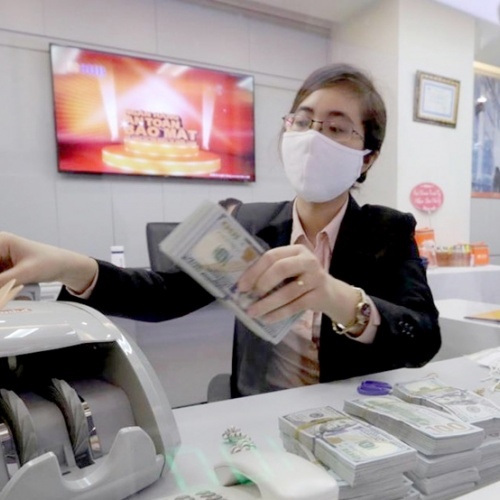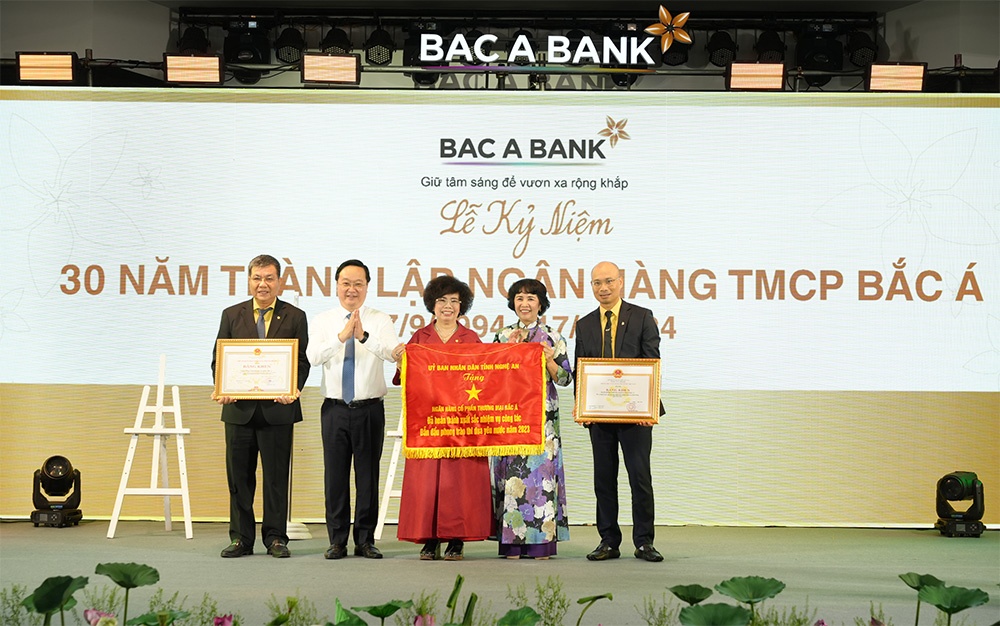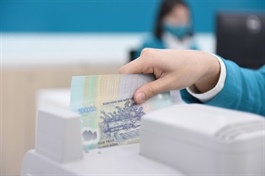US reiterates Vietnam is not manipulating currency
US reiterates Vietnam is not manipulating currency
The US Treasury Department’s positive evaluation underscores Vietnam’s progress in balancing its economic and monetary policies while fostering strong bilateral relations with the US.
The US Department of Treasury has given a positive assessment of Vietnam’s monetary policy, asserting that the country is not “manipulating its currency”.

A branch of SHB Bank in Hanoi. Photo: Viet Linh/The Hanoi Times |
The finding was included in the Department’s semiannual report on "Macroeconomic and Foreign Exchange Policies of Major Trading Partners of the US."
This report examines and evaluates the economic and foreign exchange policies of major trading partners, which account for approximately 78% of US international trade over the past four quarters, as of June 2024.
The Treasury's assessment focuses on three key criteria to determine whether a country is manipulating its currency: a bilateral trade surplus with the U.S., a current account surplus, and sustained, one-sided intervention in the foreign exchange market. Specifically, the benchmarks include a bilateral goods trade surplus with the U.S. of no more than $15 billion, a current account surplus of less than 3% of GDP, and net foreign exchange purchases by the central bank over a 12-month period.
Countries that breach at least two of these thresholds are placed on the Treasury's "Monitoring List" and remain there for a minimum of two reporting cycles.
The latest report concluded that none of the assessed trading partners were engaged in foreign exchange rate practices that unfairly influence the balance of payments or gain a competitive advantage in international trade. However, Vietnam, along with China, Japan, South Korea, Taiwan (China), Singapore, and Germany, remains on the Monitoring List for exceeding two criteria: a significant bilateral goods trade surplus with the US and a substantial current account surplus.
Vietnam’s bilateral trade surplus with the US has expanded significantly over the past six years, driven by growth in trade in goods, particularly in electronics and machinery. As of June 2024, the surplus reached $113 billion, while the country reported a $1.6 billion deficit in bilateral services trade with the US Vietnam’s current account surplus stood at 5% of GDP, reflecting the difference between export-import volumes, net income from overseas services, and income from foreign investments and labor.
The current account surplus has rebounded strongly after deficits in 2021 and 2022, when Covid-19-related production constraints and high commodity prices affected exports and import costs. During the reporting period, Vietnam’s goods trade surplus increased by 8.6%, supported by recovering global demand for manufactured merchandise. Rising remittances also contributed to the current account surplus, despite a decline in net service income.
Vietnam's foreign exchange reserves totaled approximately $84.1 billion as of June 2024, equivalent to 19% of GDP. The country’s net foreign exchange sales during the period from July 2023 to June 2024 amounted to 1.5% of GDP, or roughly $6 billion.
In light of the Comprehensive Strategic Partnership established between Vietnam and the US, the Treasury commended Vietnam’s efforts to modernize and increase the transparency of its monetary and exchange rate policies.
The State Bank of Vietnam has reiterated its commitment to working closely with relevant ministries and maintaining regular, effective communication channels with the US Treasury. These efforts aim to enhance mutual understanding, share information, and promptly address any issues of common concern.
























